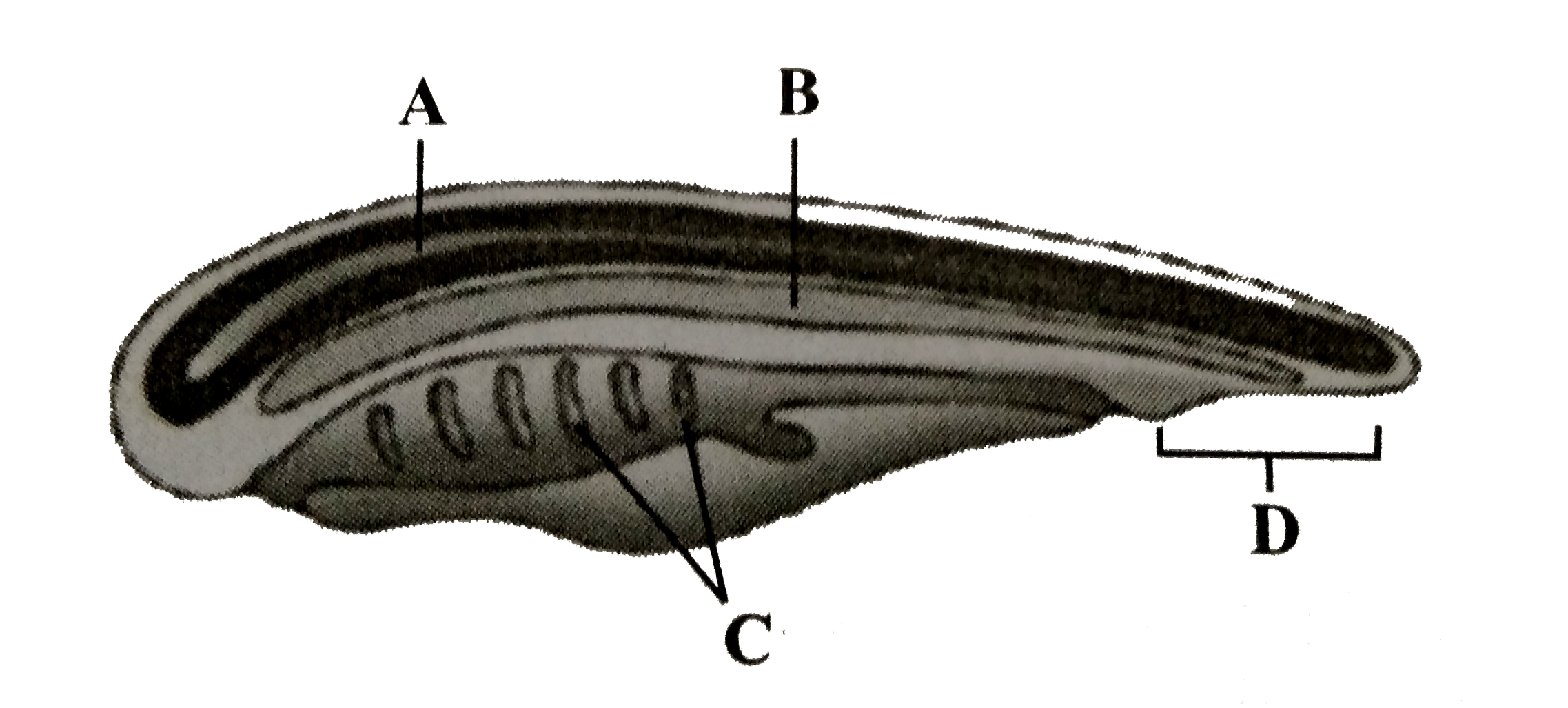K-T boundary is characterised by the presence of
Iridium
Gold
Avian fossile
Petroleum
The correct Answer is:A
To answer the question about what characterizes the K-T boundary, we can follow these steps:
1. Understanding the K-T Boundary: The K-T boundary, also known as the Cretaceous-Tertiary boundary, is a geological marker that separates the Cretaceous period from the Tertiary period. It is significant in the study of Earth's history, particularly concerning mass extinctions.
2. Identifying the Key Characteristics: The K-T boundary is known for specific geological and chemical signatures that indicate a major event in Earth's history, particularly the mass extinction event that led to the demise of the dinosaurs.
3. Researching the Elements Found: Among the various elements and minerals studied at the K-T boundary, one of the most notable is iridium. Iridium is a rare element on Earth's surface but is more abundant in asteroids and comets.
4. Historical Discovery: The presence of iridium at the K-T boundary was notably studied by scientists Lewis and Walter Alvarez. They discovered that the concentration of iridium in this layer was significantly higher than what is typically found in Earth's crust.
5. Conclusion: Based on the evidence and research, the K-T boundary is characterized by the presence of iridium, which is believed to have been deposited by an asteroid impact that contributed to the mass extinction event.
Final Answer:
The K-T boundary is characterized by the presence of A. Iridium.
---
The K-T boundary is characterized by the presence of A. Iridium.
Topper's Solved these Questions
- HUMAN EVOLUTIONBOOK - DINESH PUBLICATION ENGLISHCHAPTER - HUMAN EVOLUTIONEXERCISE - Check Your Grasp
10 Videos
- GROWTH, REPAIR, REGENERATION AND AGEINGBOOK - DINESH PUBLICATION ENGLISHCHAPTER - GROWTH, REPAIR, REGENERATION AND AGEINGEXERCISE - Brain Teasers-VI[B]
6 Videos
- HUMAN HEALTH AND DISEASEBOOK - DINESH PUBLICATION ENGLISHCHAPTER - HUMAN HEALTH AND DISEASEEXERCISE - CHECK YOUR GRASP
17 Videos
Similar Questions
Knowledge Check
Phylum Arthropoda is characterised by the presence of :
Aunjointed appendages, parapodia and external segmentationBa chitinous cuticle forming the exoskeleton, paired and jointed legs and external segmentationCthree pairs of legs, triploblastic and pseudocoelomateDhairs, three pairs of legs and external segmentationAIDS is characterised by
Adecrease in the number of killer T-cellsBdecrease in the number of suppressor T-cellsCdecrease in the number of helper T-cellsDincrease in the number of helper T-cellsAnimals belonging to Phylum Chordata are fundamentally characterised by the presence of structures noted as A, B C and D. Identify them and select the correct option.
 AA-Notochord, B-Nerve cord,
AA-Notochord, B-Nerve cord,
C-Gill slits, D-Post-anal partBA-Nerve cord, B-Notochord,
C-Gill slits, D-Post-anal partCA-Nerve cord, B-Notochord,
C-Post-anal part, D-Gill slitsDA-Nerve cord, B-Gill slits,
C-Notochord, D-Post-anal part
Ileum is is characterised by the presence of
View SolutionBrown algae is characterised by th presence of
View SolutionWhich one of the following regions of the alimentary canal in periplaneta is characterised by the presence of a peritrophic membrane.
View SolutionAgeing is characterised by
View SolutionAsthma is characterised by
View Solution
